This wikiHow teaches you how to improve signal strength and minimize interference on your home wireless network. Your ability to maintain a consistent connection to Wi-Fi depends on many factors, including the physical location of your wireless access point. Placing your router in the best possible location and minimizing interference (both physical and wireless) can greatly improve network performance.
Steps
- Remove physical obstructions between your computer and the router. A Wi-Fi signal can usually travel about 1000 feet, but every wall drops that by about 100 feet. To maintain the most reliable connection, make sure your computer has line-of-sight access to the router. If that’s not possible, you can still improve reception by minimizing some barriers:
- Place the router high up, such as on a wall mount or high shelf. If the router is on the floor or on a low table, you’ll be wasting much of the router’s signal 360-degree range.[1]
- Glass from mirrors and windows reflect Wi-Fi signals back around the room. If you can’t move the router away from glass, try covering the glass with a curtain or cloth.
- Thicker walls, such as those made of brick, concrete, or stone, seriously impact signal strength. You may also run into trouble if your walls contain metal ducts, studs, and pipes. If your walls are impeding the Wi-Fi signal, open the door to the room where your router is, and place the router is as close to it as possible.
- Tall furniture and appliances can block signals, especially when leaning against thick walls. Avoid setting up your wireless router in rooms with lots of tall objects.
- Switch to 5 GHz. If you have a dual-band router (2 GHz and 5 GHz), log in to your router’s admin website and switch the wireless band setting to 5 GHz.[2] Because fewer devices operate at this frequency, this band is less crowded, resulting in a speedier and more reliable wireless connection.[3]
- Eliminate 2.4 GHz wireless interference. If you’re using 5 GHz you can skip this step. If your only option is 2.4 GHz, interference from common household electronics and neighboring networks can lead to dropped connections and slow speeds. Try minimizing interference from the following sources:
- Your neighbor’s wireless network. Move your router closer to the center of your home or office if your neighbor’s router is too close to yours.
- 2.4 GHz cordless phones and Bluetooth accessors.
- High-voltage household items like air conditioners, microwaves, refrigerators, and washing machines.
- Baby monitors and wireless security equipment.
- Connect the Wi-Fi router to a less-busy channel. If too many of your neighbors are using the same Wi-Fi channel, your connection is likely slow and/or spotty.[4] Try a free Wi-Fi scanning tool like inSSIDer by MetaGeek to identify the least crowded channel to connect to.
- If you have a 2.4 GHz wireless router, you’ll want to make sure it is connected to one of the three non-overlapping channels—1, 6, or 11. This can be done in your router’s administration portal in the Wi-Fi or Wireless section. Look for a sub-menu called Radio or Channel.
- If you have a 5 GHz router, there’s less chance of a crowded channel resulting in a slow connection, though it’s still possible.
- Add a wireless range extender or additional antennas. If it’s not possible to be within 50 to 100 feet of your router and/or there are physical obstructions, you can use a range extender to rebroadcast your router’s Wi-Fi signal in other parts of your home or office.[5] You can also try adding more antennas. For example, you might have one antenna at a 45° angle, one at 60°, and one at 35°. That way, the signal will blanket the area.
- See this wikiHow to learn how to set up a range extender.
- Another option is a mesh router.[6] This type of router consists of multiple access points placed throughout the home to boost signal in those locations. The advantage of a mesh router to a range extender is that you can manage all of the access points from one central admin interface.
- Restart your router at least once a month. To do this, turn off the router, wait for 30 seconds, and then turn it back on. Let it run for about 5 minutes, and then check your internet speed.
- Create an aluminum foil reflector. If you’re unable to boost your Wi-Fi signal far enough and don’t have a repeater or mesh router, you can make a parabolic reflector out of aluminum foil to place behind your router’s antennas. Here’s how:
- Cut about 11″ of aluminum foil from the roll.
- Tightly wrap the foil around a 2-liter soda bottle.
- Unwrap the foil after a few seconds—it should now be curved.
- Place the curved foil behind the antennas of the router so the open part of the curve is facing the direction you want to send a higher level of signal.
- Disconnect unused computers and accessories from the network. If you have multiple computers, phones, tablets, printers, Smart TVs, and other accessories using your wireless network at once, you might be slowing down your wireless network. Turn off or disconnect the devices you aren’t using to improve network speeds for those you are using.
- You can limit the number of devices your router will allow to connect at a time. This is typically done by logging in to your router’s administrator website and adjusting settings in the LAN or Local Network area.
- Update your router’s firmware. If you’re still experiencing poor reception, your router may be in need of a firmware update. This can usually be done in your router’s admin portal, but some routers require additional steps. See this wikiHow to learn the basics of updating your router’s firmware.
- Get a new router about every 3 years. If you’ve had your router for 3 or more years, it’s probably time to replace it. That’s about their average lifespan, since they’re typically on 24 hours a day, 7 days a week, and they’re often exposed to things like power outages or surges.
Tips
- Make sure that your router is set to full transmission power.
- Depending on your brand and model of wireless router, you may be able to replace the built-in software with a replacement open source solution that adds much more capabilities and the option to increase the power to your wireless antenna.
- The computer case itself can be a significant barrier to the Wi-Fi signal – try positioning the case so it doesn’t come between the network card and router antennas.
- The addition of a “high gain” (higher dBi) external antenna will often provide increased reception signal and performance. Note that a higher dBi increases the signal horizontally, but decreases vertically. If you need to cover several floors, a higher dBi will probably not help. In this case, you might consider buying a Wi-Fi amplifier, which will boost your signal.
Warnings
- If you replace your router’s firmware, it may void your warranty. If not done properly it can damage your router irreparably.
- If you turn the power up too high on a modified wireless router it may suffer permanent damage.

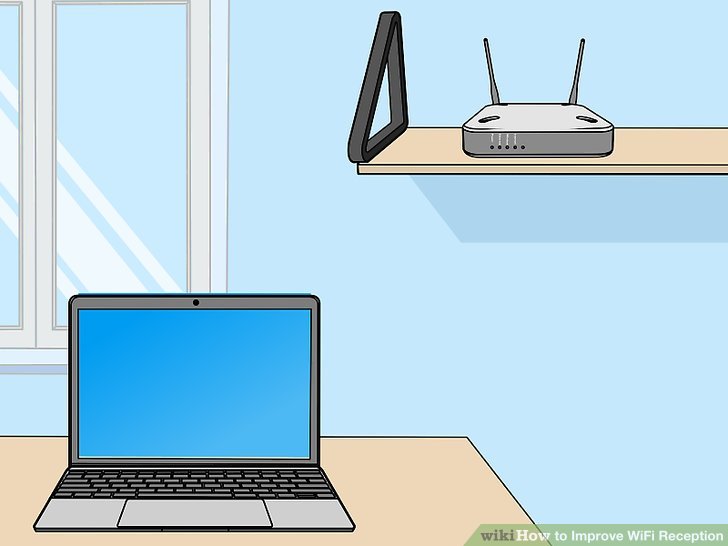

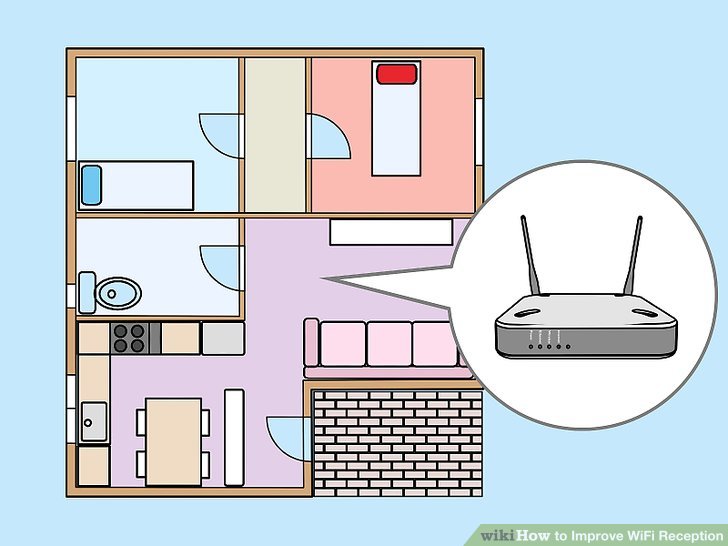
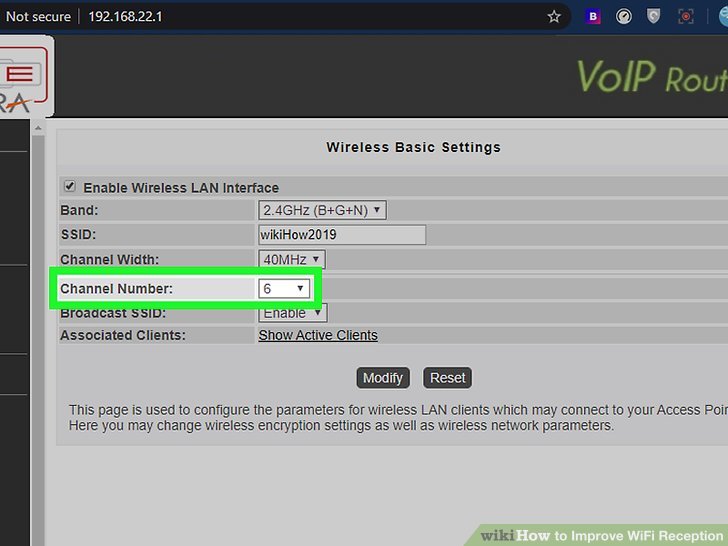
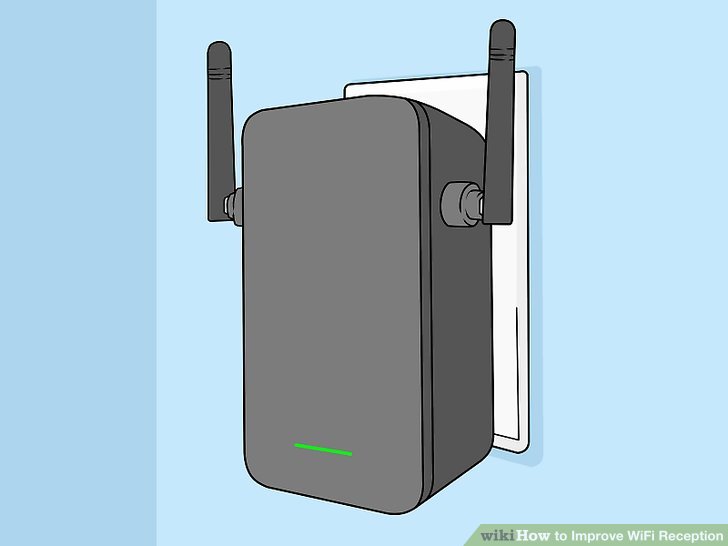
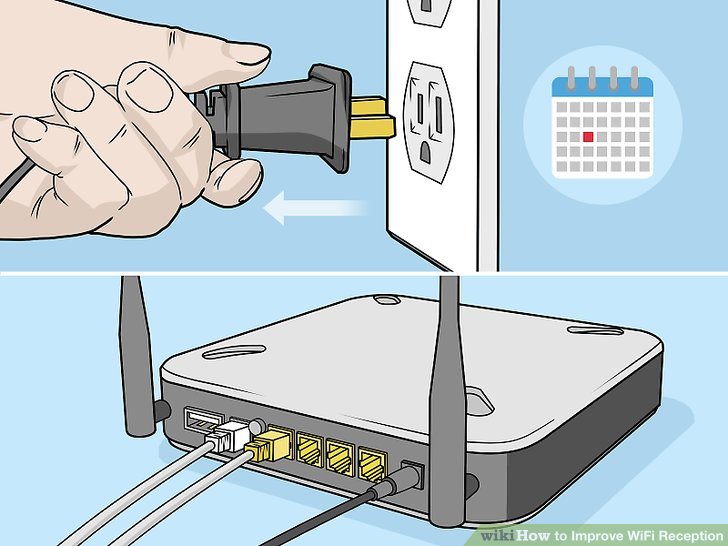
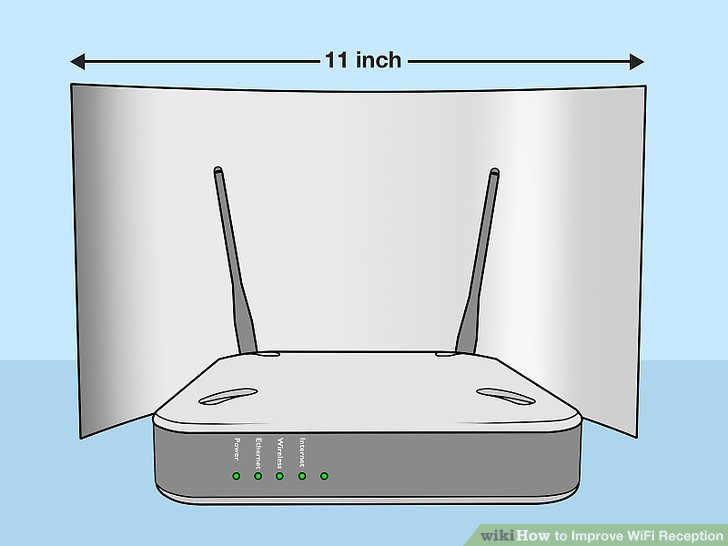
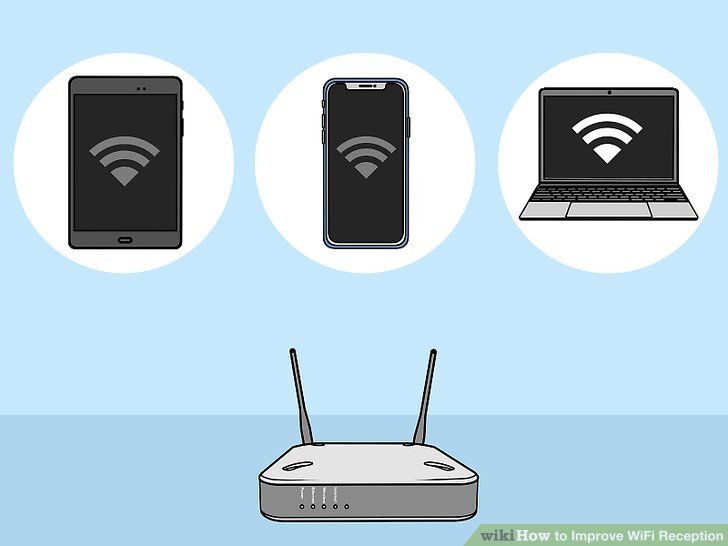
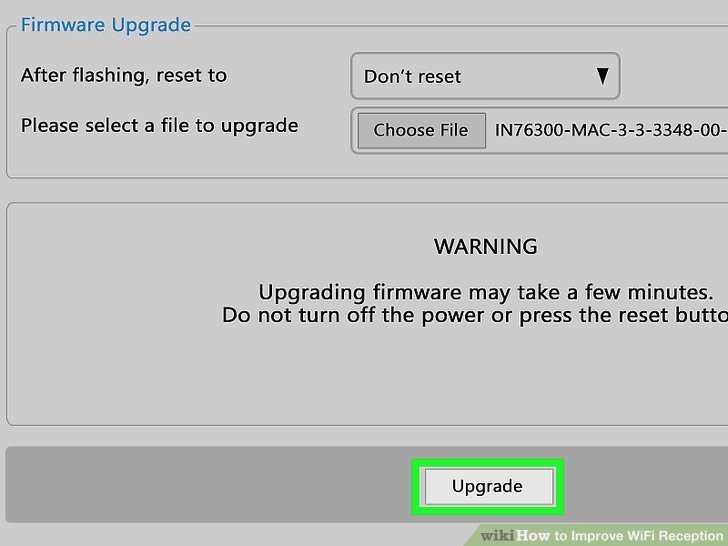
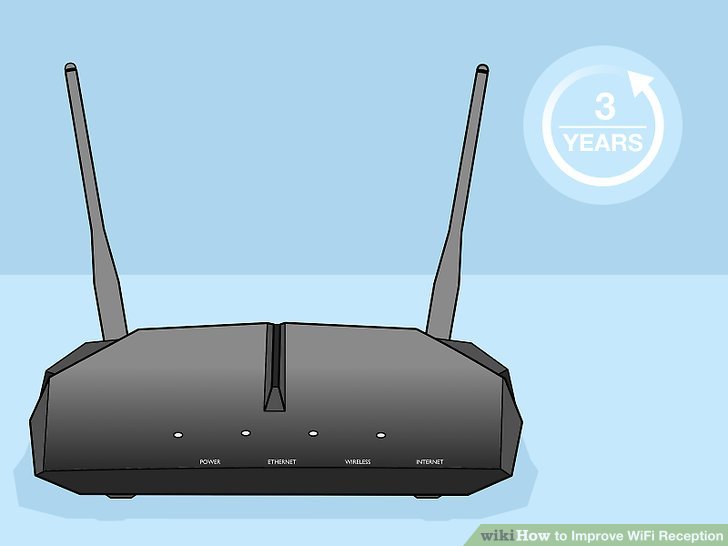


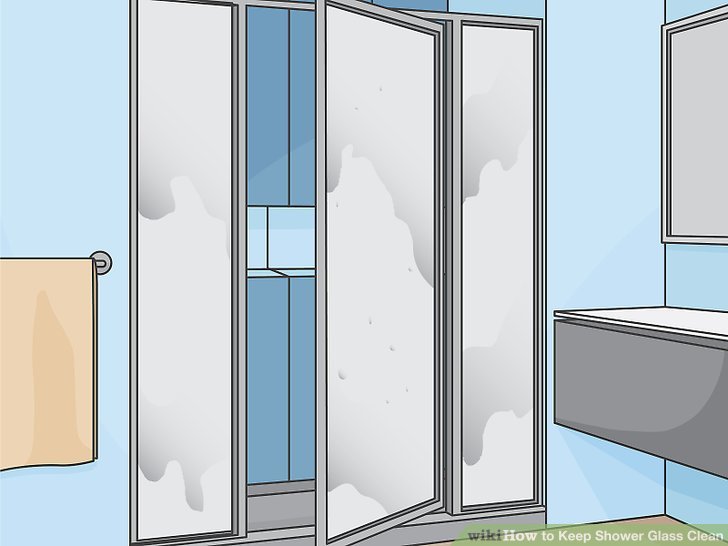
Do you mind if I quote a couple of your articles as long asI provide credit and sources back to your website?My blog site is in the very same niche as yours and my users would certainly benefit from some of the information you present here.Please let me know if this okay with you. Thanks!
Can you be more specific about the content of your article? After reading it, I still have some doubts. Hope you can help me. https://accounts.binance.com/id/register?ref=RQUR4BEO
After reading your article, it reminded me of some things about gate io that I studied before. The content is similar to yours, but your thinking is very special, which gave me a different idea. Thank you. But I still have some questions I want to ask you, I will always pay attention. Thanks.
Can you be more specific about the content of your article? After reading it, I still have some doubts. Hope you can help me. https://www.binance.com/ru/register?ref=V2H9AFPY
I may need your help. I’ve been doing research on gate io recently, and I’ve tried a lot of different things. Later, I read your article, and I think your way of writing has given me some innovative ideas, thank you very much.
I don’t think the title of your article matches the content lol. Just kidding, mainly because I had some doubts after reading the article. https://accounts.binance.com/fr/register-person?ref=IJFGOAID